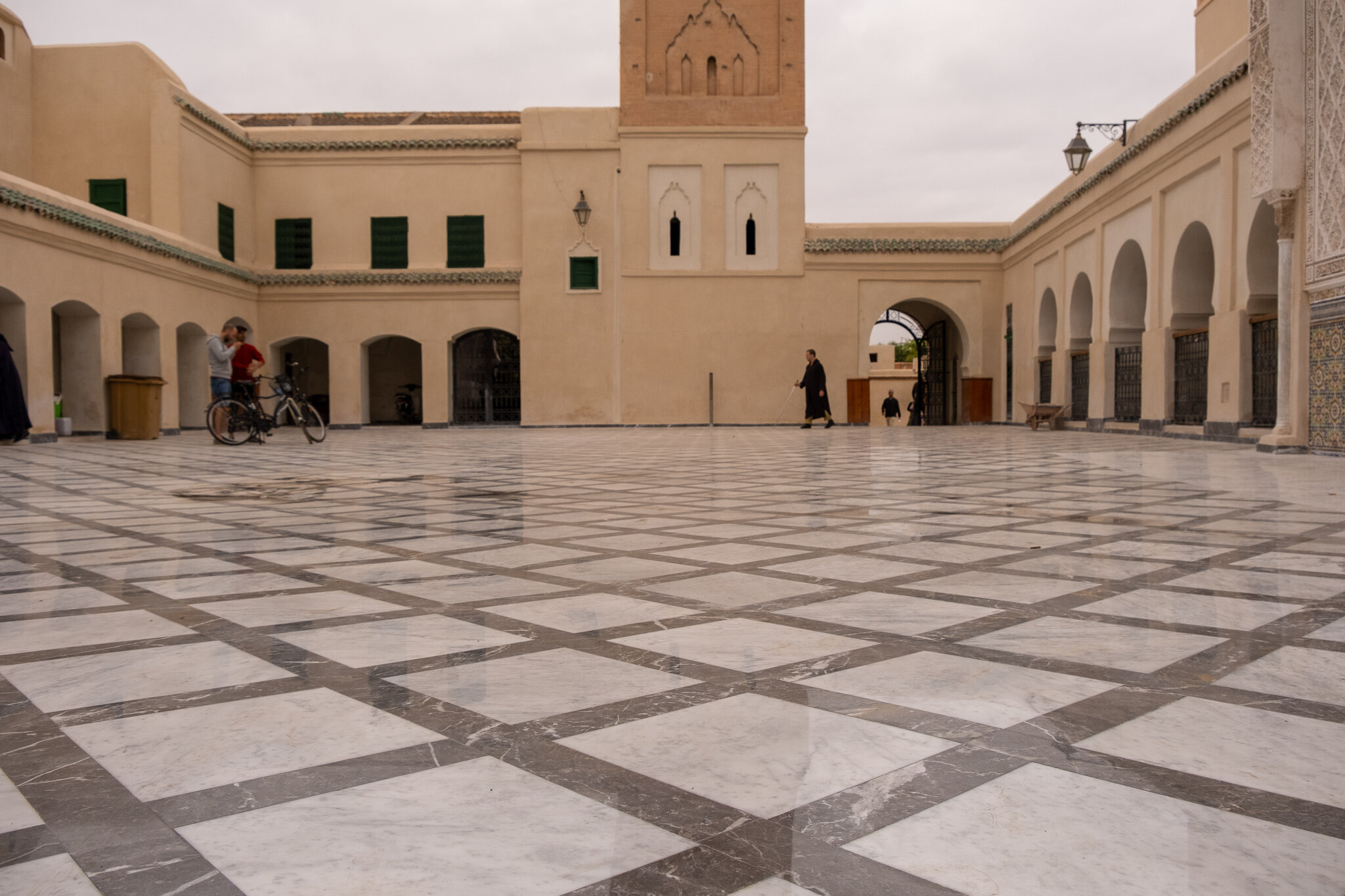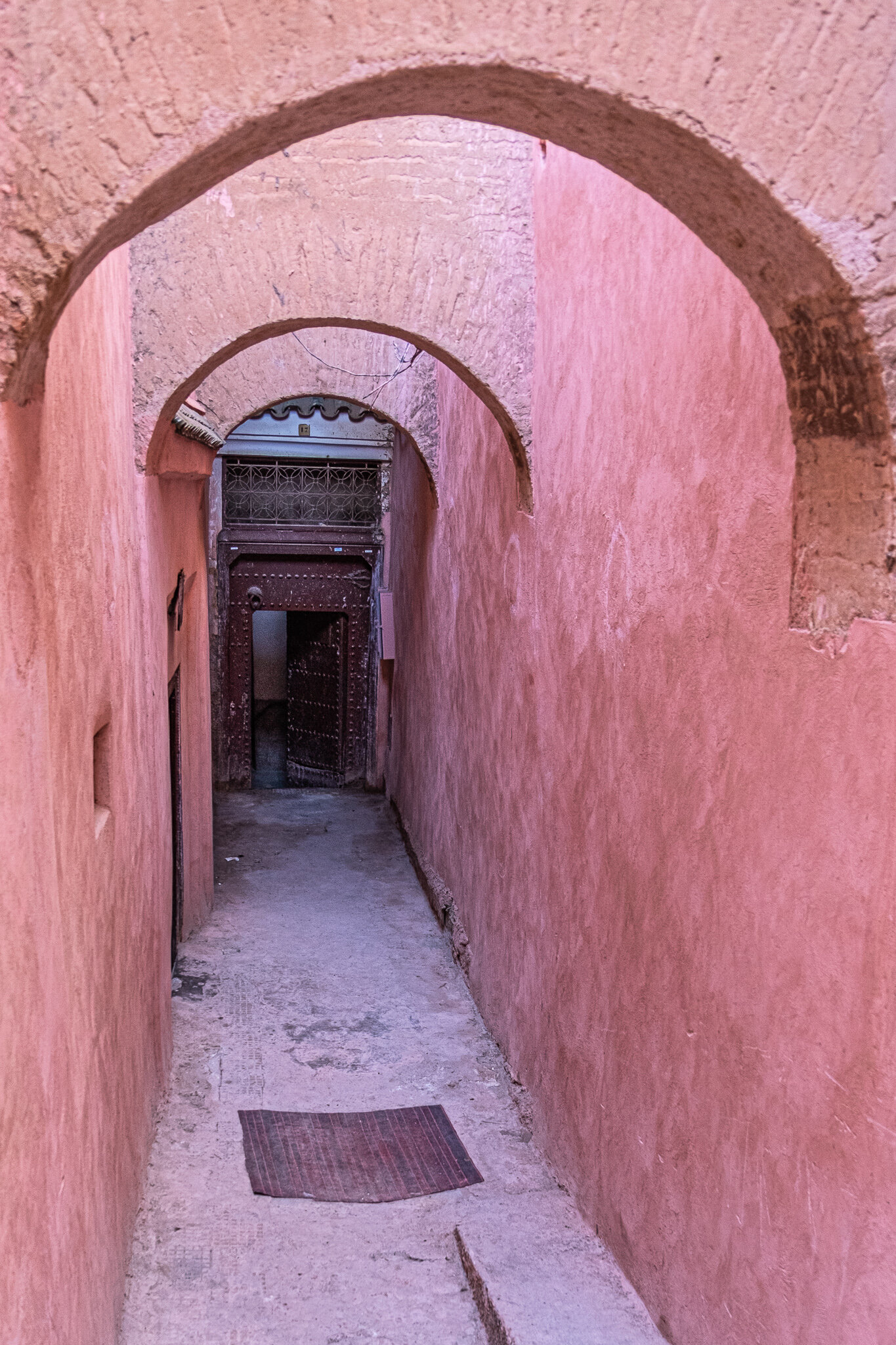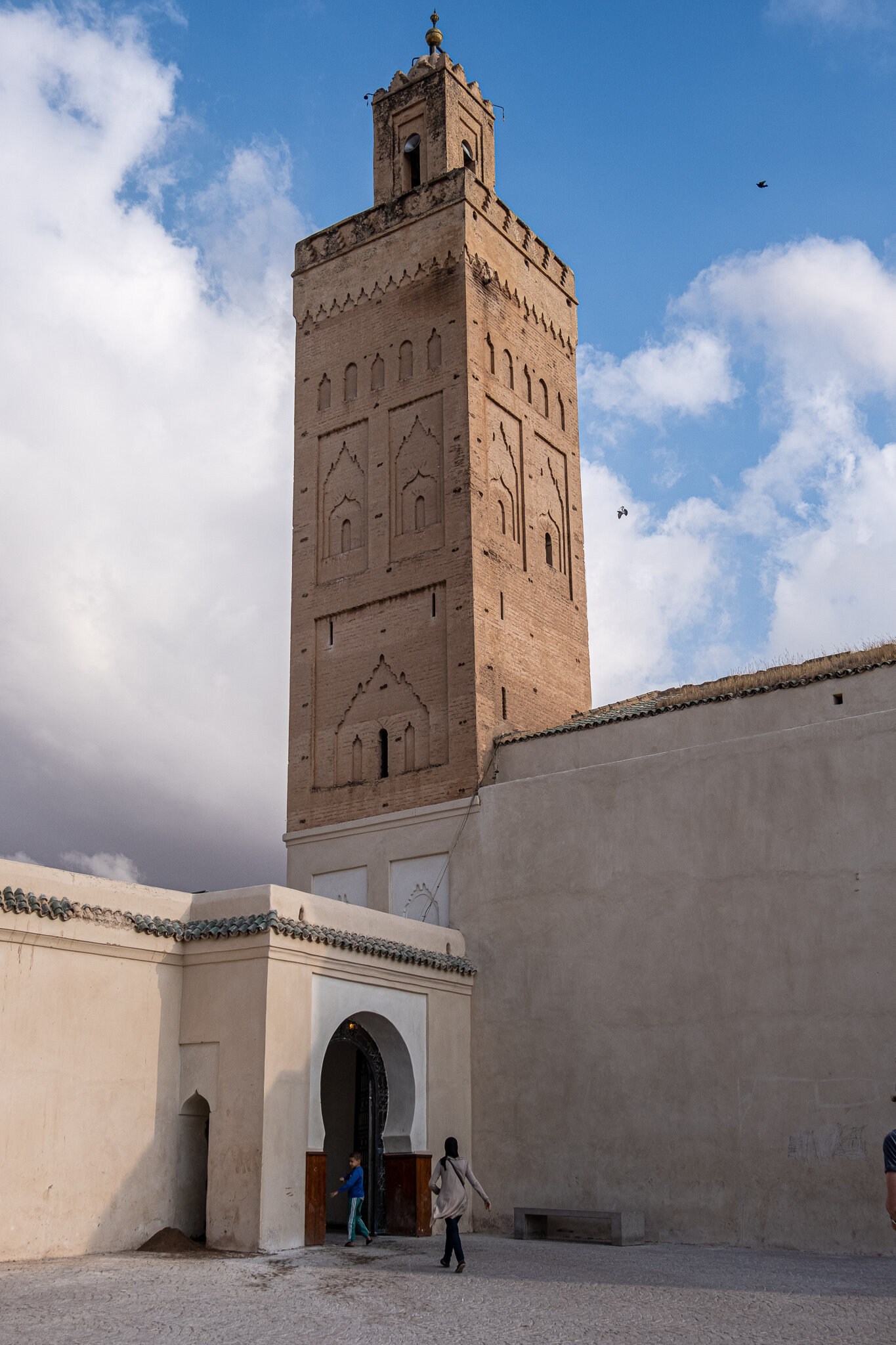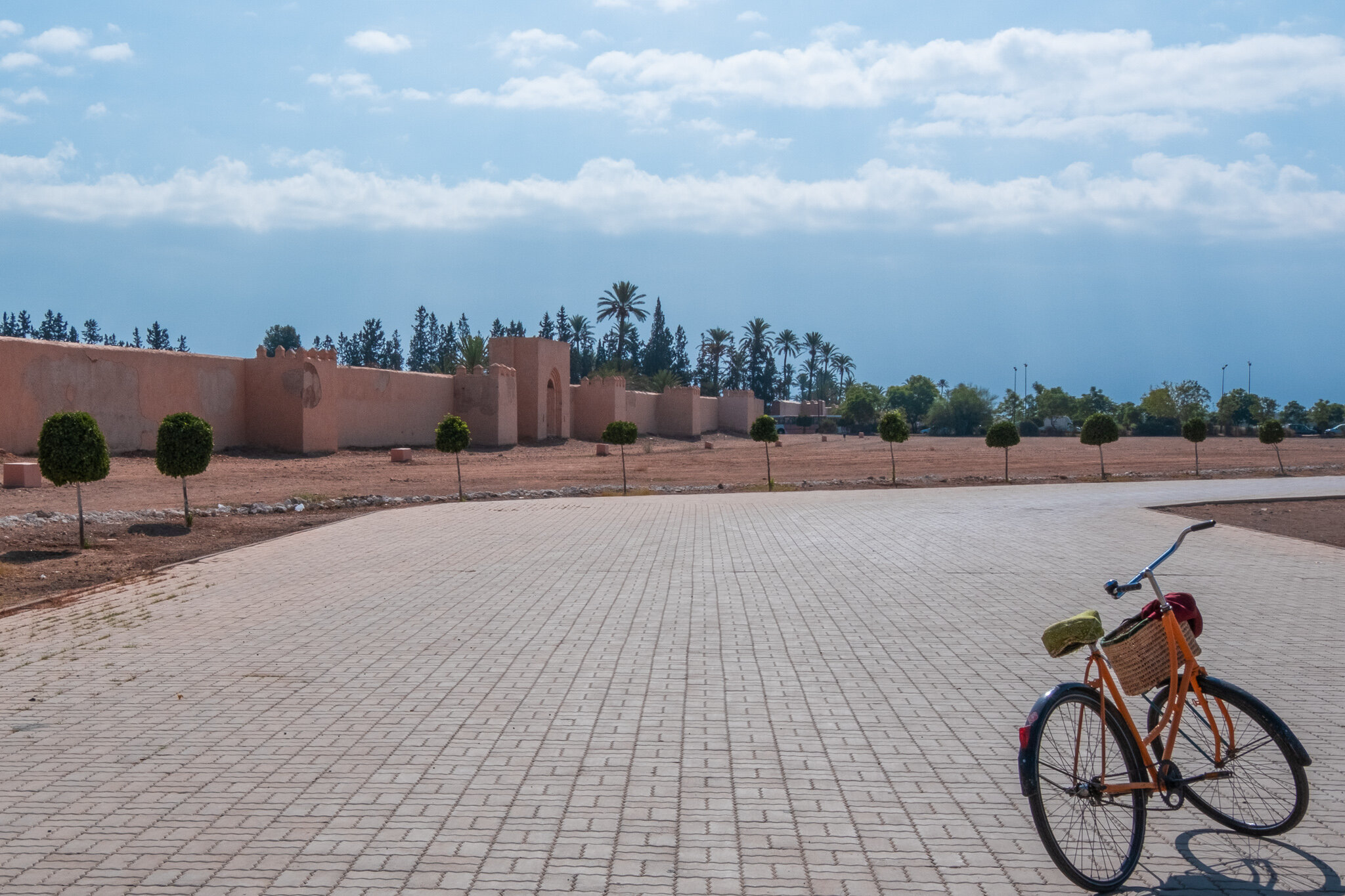An art lover and autocrat, remembered for the Okoberfest and his ‘38 beauties’ painting gallery, Bavaria’s King Ludwig I transformed a royal city into a state capital, and then abdicated rather than give up any of what he understood as his all-encompassing monarchical control.
Ludwig was a ruler seemingly out of his time. Born in 1786, Napoleon Bonaparte raised his father, Maximilian I, from an elector to a monarch and Bavaria to a kingdom. When Ludwig took the throne in 1825, it was from the notion of the ‘divine right of kings’ that he took his inspiration.
As prince regent, he defied Napoleon by marrying someone of his choice rather than wait for the French Emperor to choose a politically acceptable match (as he had for Ludwig’s sister). His wedding, to Therese von Sachsen-Hildeburghausen in 1810, for which he invited the whole of Munich to celebrate with him, is today known as the world’s biggest beer festival, the Oktoberfest.
He poured huge sums of money into vast architecture projects, such as Walhalla, high above the Danube at Donaustauf, near Regensburg, a Neoclassical pantheon to German-speaking men and women judged to be outstanding. But it is in Munich where he invested most of his efforts - and money - aided by renowned architects, such as Leo von Klenze (Glyptothek, Ruhmeshalle, Propyläen, Pinakothek and many more in Munich, plus Walhalla), Georg Friedrich Ziebland (Staatlichen Antikensammlungen) and Friedrich von Gärtner (Ludwigskirche and Staatsbibliothek) on Ludwigstrasse and Siegerstor.
The sheer number of buildings Ludwig had built (and adjustmemnts made to existing buildings) highlights his determination to transform the city. Konigsplatz perhaps best exemplifies Ludwig’s art and architecture philosophy, which was basically to pay homage to the achievements of ancient Greece and ancient Rome. The Glyptothek (opened 1830), Munich’s oldest museum, is packed with Greek and Roman marble statues. The Staatliche Antikensammlung (completed 1845) holds Greek, Etuscan and Roman antiquities. And the Propyläen (completed 1862) sits between the Glyptothek and Antikensammlung and concluded Ludwig’s centre of neoclassical buildings at Königsplatz.
Königsplatz is part of a wider area known as Kunstareal München and is home to many of the king’s most spectacular buildings, such as the Alte Pinakothek (1836) and the Neue Pinakothek (1853), two of Germany’s greatest art museums (the 21st-century Pinatothek der Moderne is also here, opened in 2002). Inspired by Renaissance Florence, he extended the Wittlesbach royal Residenz with the Königsbau (1835) and also the Festsaalbau (1842). The eponymous Ludwigstraße (1840) is bookended by the Feldherrnhalle (1844) and Siegestor (1850), one of the gates that formerly marked the extent of the city. The street includes the Staatsbibliothek (1843) and Luwdisgkirche (1842). The 29-metre-high obelisk not far from Königsplatz at Karolinenplatz (1833) was erected in memory of the 30,000 Bavarian soldiers who died in Napoleon’s disastrous invasion of Russia in 1812.
Five decades after one French revolution subsequently resulted in his father being raised to a king, Ludwig’s fall was partly caused by another French revolution. Economic crises and liberal calls for fundamental reforms across the German lands had been growing in the 1830s and 1840s. The deposition of King Louis-Philippe in France, replaced by Louis-Napoleon Bonaparte, nephew of Napoleon Bonaparte, set off revolutionary fervour across the German Confederation in early 1848. The aims were primary to unify Germany and to introduce reforms, such as democratic elections, abolition of press censorship, and judicial and parliamentary accountability.
Existing discontent in Munich was magnified with the perception that Ludwig’s lover, ‘Spanish’ (in reality Irish) dancer Lola Montez, had too much influence over the king. Her lavish, extravagent lifestyle hardly helped, and it was compounded by the king building her a palace, which became just another example showing how out of touch he was perceived to be. Ludwig’s increasingly autocratic form of rule was at odds with demands for more democracy and liberal reforms. The trigger for even larger protests was his closure of the university, after which hm attenpted to pacify by expelling Montez. But it was already too late: in February, news arrived in the city of the French 1848 February revolution.
On 3 March, thousands of Münchners signed a petition at the Rathaus demanding reforms and freedoms. Demonstrators then stormed the city arsenal and emerged with pistols, rifles and all sorts of other weapons. Only the intervention of Prince Carl, the king’s brother, and the Field Marshal General of the Bavarian army calmed things down. On 6 March, Ludwig announced he would initiate reforms (the so-called March Proclamation, ‘Märzproklamation’), and though it seemed the population were now to some degree behind the king, he nevertheless abdicated. In the end, with his lover forced out of Munich, Ludwig I decided if he couldn’t live the life of an unconstrained monarch, he would rather not rule at all.





























































































































































